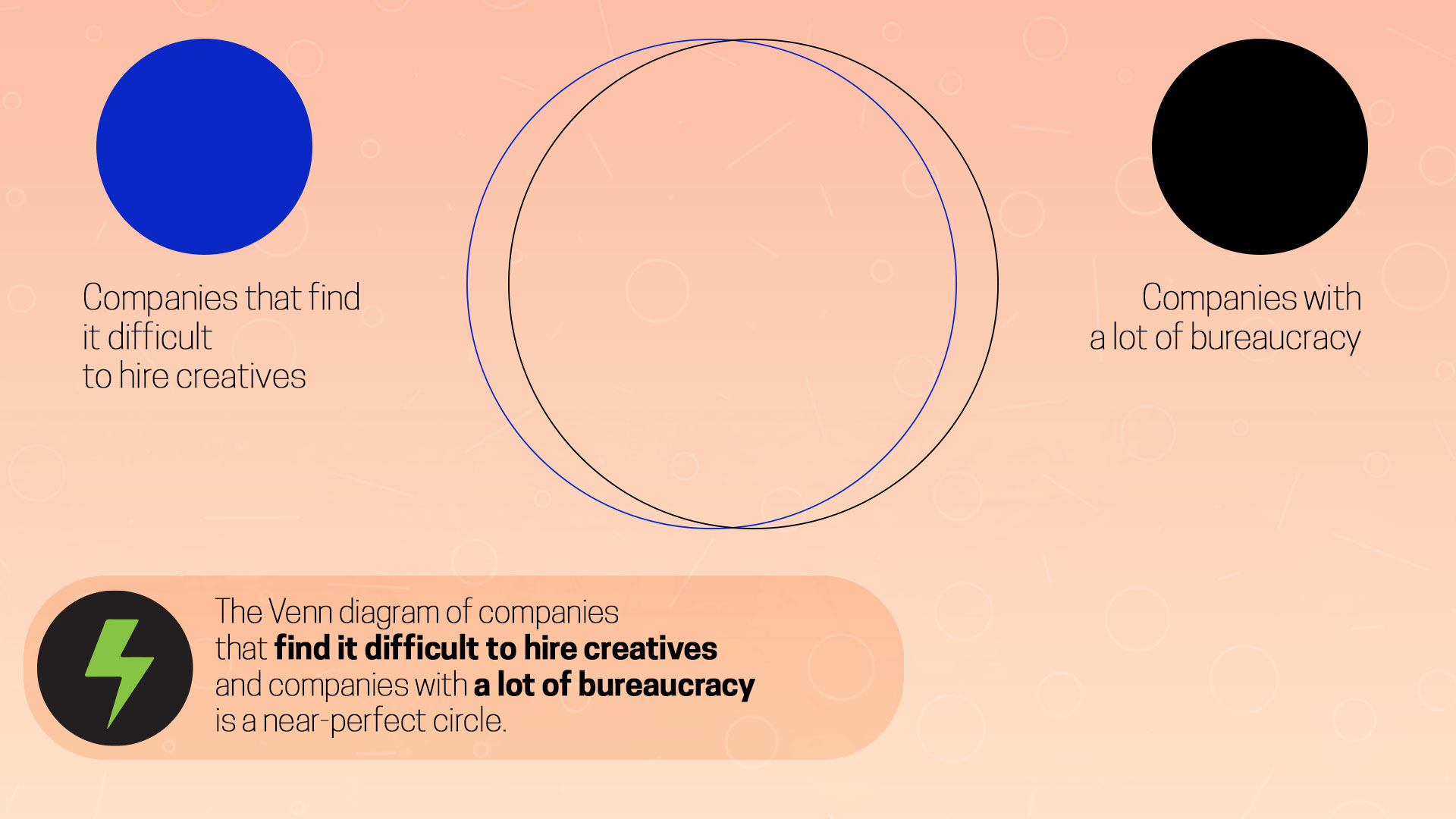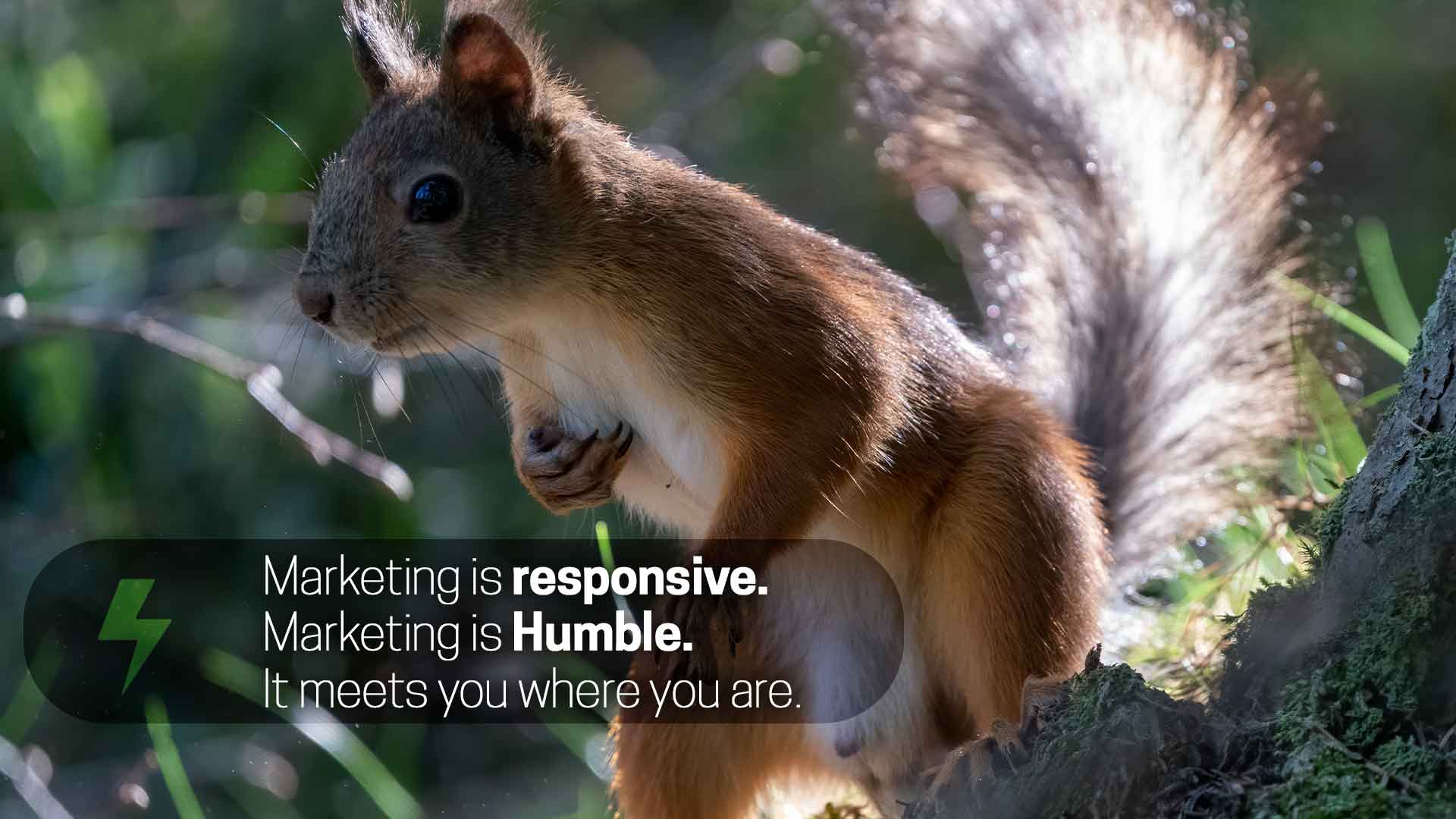“How is placing a logo here and an image here and some text there so difficult? I don’t think it should take more than a few minutes.”
Attracting designers
Recently I was in a meeting involving several employers in various companies. One employer chatted me up when the main activities of the meeting were done. The gentleman wanted to know why some companies found it difficult to hire creatives while others seemed to attract creatives so effortlessly like moths to a light.
I had worked in the creative industry for a couple of years up to that point. The question of good vs bad creative working experiences arose often during that period.
Difference between good organizations and bad organizations
My answer to his question was short, for the sake of not hijacking a meeting planned for other reasons. I said most organizations are similar in most ways. Good organizations, however, consider creative input essential to the company’s main business.
What I said was true, but not exhaustive.
Your company
Now, imagine you have a company. Maybe even a good company. It has services and products. These services and products you are offering are not unique to this company. There are more than 10 other companies offering the same products and services in the same market as your company. You want to make sure that the products you’re offering don’t just lie idle in your store. This means you have to make sure the relevant customers know you have the product in one way or the other. This is what we call marketing.
Marketing is everywhere
Marketing is everywhere. Sometimes it’s flamboyant and other times it’s subtle like the letter ‘b’ in subtle. Marketing is a friend telling a friend about a great product they just used, a poster stuck on a noticeboard somewhere or a 30 seconds commercial on tv. Marketing is responsive and humble. It meets you where you are.
So, take this product your company has produced and put it in a marketing process. This process has many boxes that need to be ticked, all parts, equally important. What name does this product go to the market with? Is this product going to need a label? Why is x not a good color for this product? Who is going to buy this product? How does the customer feel about the way we are going to present this product to them?
The marketing process
The marketing process is an important part in determining how successful you are in selling your product. If the product doesn’t sell as well as you hope it will, you might have to consider extreme measures. You would have to consider downsizing or shutting down your company. Clearly, you cannot afford to play around with this part of the process. So, you have to do everything right and make sure you tick all the boxes.
The role of a creative
A creative is at the center of all the efforts agreed upon in the marketing process. The creative will be the one to combine all your thoughts and come up with the most visually relevant way to present the product to the customer. The creative is the executor of the customer’s ultimate experience of the product.
Involvement is key
When good companies hire creatives, they involve the creative in the marketing process. Understanding the task to be solved is key to coming up with good solutions. Involving the creative from the beginning ensures that there are no gaps in their understanding of the desired outcome. That might not sound like a major breakthrough except for the fact that it encourages relevance in creativity and relevance in creativity is the differentiating factor that allows you to convert an unfeeling audience into emotive and loyal customers of your product.
Organizations that find it hard to attract and hire creatives have one thing in common; they consider artists and photographers technical tool handlers. Creative practitioners are only called upon for their technical skills. Seldom are they called for their input in the marketing process.
Too much bureaucracy will stifle creativity
Instead of taking advantage of the creative’s presence to improve the quality and diversity of the argument put forth, these companies relegate the creative to a role equivalent to that of an ATM.
Companies that relegate the creative to an output-only role deny themselves the diversity of thought that comes from conversations between people with different skills.
In stifling the creative’s voice, a company waters down the unique importance of having a creative on the team.

A creative who is serious about their career will also not stay in such a role for a long time.
Why would a creative want to work in an environment that does not value their special ability to reason in a different manner and create something new?
The Venn diagram of companies that find it difficult to hire creatives and companies with a lot of bureaucracy is a near-perfect circle.
Companies that have a lot of processes involved in decision making cannot afford to rely on the randomness of a creative mind. Bureaucracy is all about control of outcomes and creativity needs a bit of chaos and madness to thrive.

Avoiding all bureaucracy is not possible. Good companies where creatives enjoy working have bureaucratic processes as well. The main difference between companies that find it easy to hire creatives and the others is that good companies can balance the madness and the control. After all, nobody gets anything done if there is too much chaos. On the other hand, if you are too bureaucratic, you become boring fast. Good companies understand that. The trick is in balancing the two principles so that neither overwhelms the other.
Wakilisha Staff
Our mission is simple: to uplift and safeguard African culture, with all its diversity, for generations to come. We celebrate our heritage and ensure its enduring legacy through in-depth coverage of the happenings across the continent, engaging initiatives, and collaboration with other African cultural practitioners.





